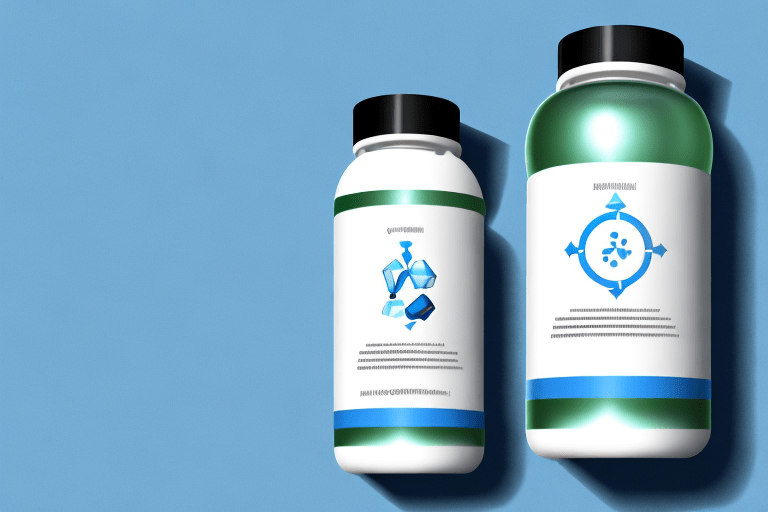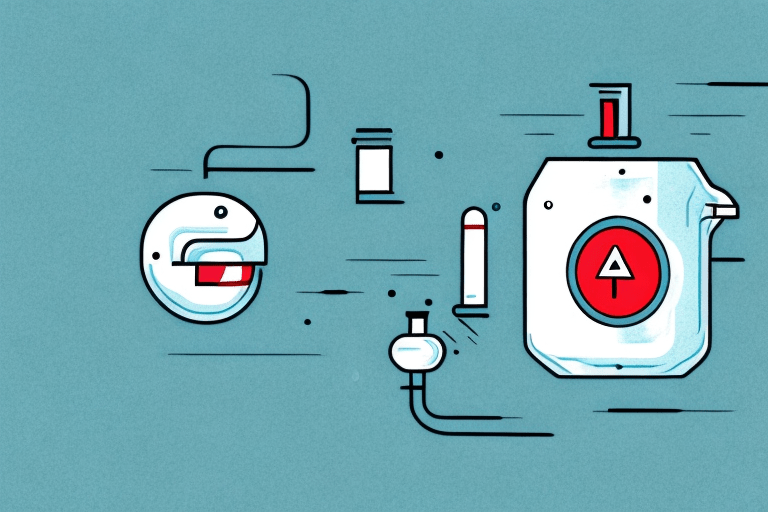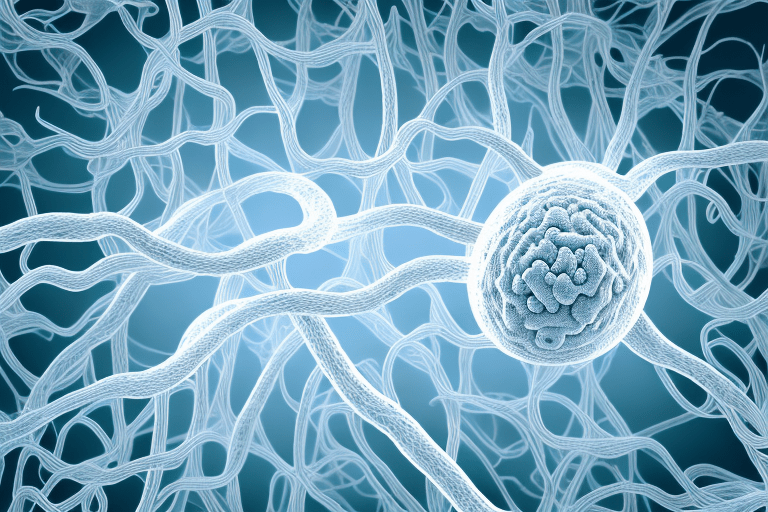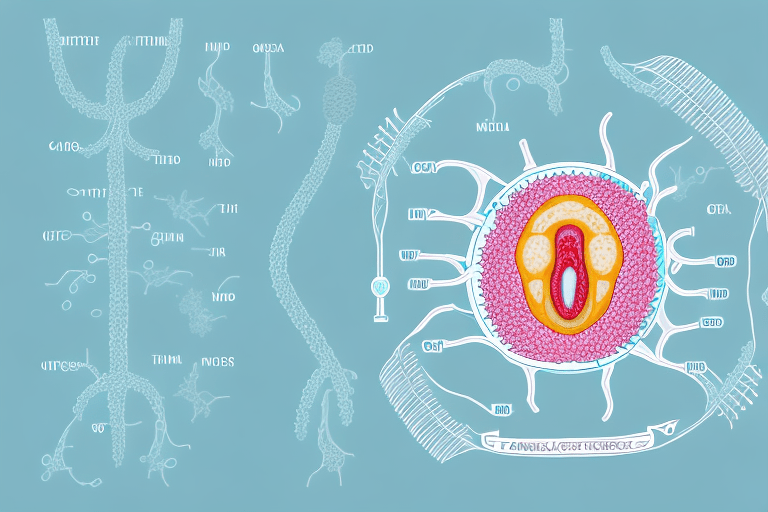H. pylori is a type of bacteria that can live in the stomach and cause various health problems, including acid reflux, ulcers and stomach cancer. Despite the harsh and acidic environment of the stomach, H. pylori has developed unique strategies to survive and thrive. In this guide, we'll explore how H. pylori manages to evade the body's defense systems and hide in the stomach.
Understanding the Harsh Environment of the Stomach.
The stomach is an incredibly acidic environment, with a pH of around 1-2. This means that the stomach is highly acidic, which can be damaging to almost all bacteria.
However, H. pylori has evolved to survive in this environment by producing an enzyme called urease. Urease breaks down urea, a compound found in the stomach, into ammonia, which neutralizes the acid and creates a more hospitable environment for the bacteria to survive.
Additionally, H. pylori has a unique drill shape that allows it to burrow into the protective mucus layer that lines the stomach, further protecting it from the acidic environment.
H. pylori's Unique Adaptations for Survival.
H. pylori has several unique adaptations that allow it to survive in the harsh stomach environment. One of the most important adaptations is the production of urease, which neutralises the acidic environment of the stomach. Additionally, H. pylori has a unique shape that allows it to burrow into the protective mucus layer that lines the stomach, further protecting it from the acidic environment. These adaptations have allowed H. pylori to persist in the stomach for millions of years, making it one of the most successful bacterial pathogens in the world.
The Role of Virulence Factors in H. pylori's Persistence.
In addition to its unique adaptations, H. pylori also possesses several virulence factors that contribute to its ability to persist in the stomach. These factors include the production of toxins that damage the cells lining the stomach, as well as the ability to manipulate the immune system to avoid detection and destruction. H. pylori also plays a role in the development of stomach ulcers and gastric cancer, making it a significant public health concern.
The Importance of Biofilm Formation.
One of the key adaptations that allows H. pylori to survive in the harsh stomach environment is its ability to form biofilms. Biofilms are "communities" of microorganisms that adhere to surfaces and form a protective matrix that hides them from the host's immune system and antibiotics. H. pylori's biofilm formation is thought to play a crucial role in its persistence in the stomach, as it allows the bacteria to attach to the stomach lining and resist the acidic environment. Additionally, biofilms may contribute to the development of chronic inflammation and the formation of stomach ulcers. One of the reasons we like a herbal approach to kill H Pylori using a product like "PyloPurge" is because you don't damage the gastric microbiome like you do with antibiotics.
Potential Treatment Strategies for H. pylori Infection.
Once a positive test is confirmed, while antibiotics are currently the standard treatment for H. pylori infection, the rise of antibiotic-resistant strains has led to the exploration of alternative treatment strategies using herbs such as PyloPurge.
Other strategies being investigated include the use of probiotics, which could help restore the balance of gut bacteria and reduce inflammation, and the development of vaccines that target H. pylori. As research into H. pylori continues, it is hoped that new and more effective treatments will be developed to combat this persistent and potentially dangerous bacterium.








